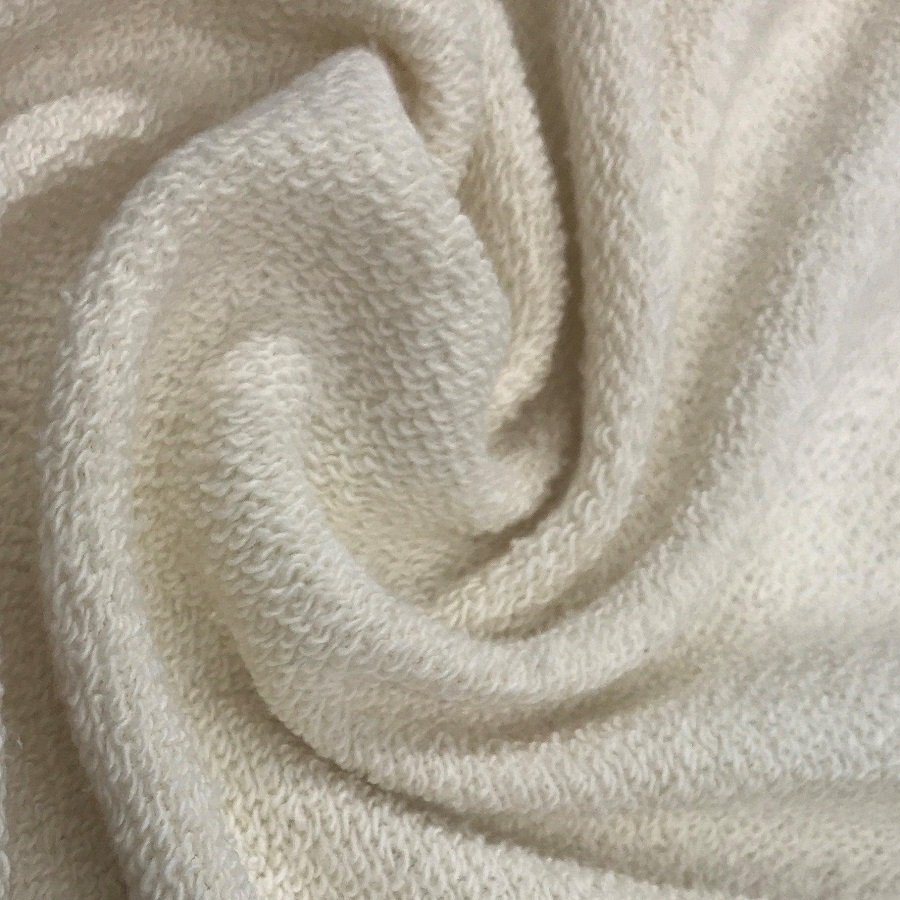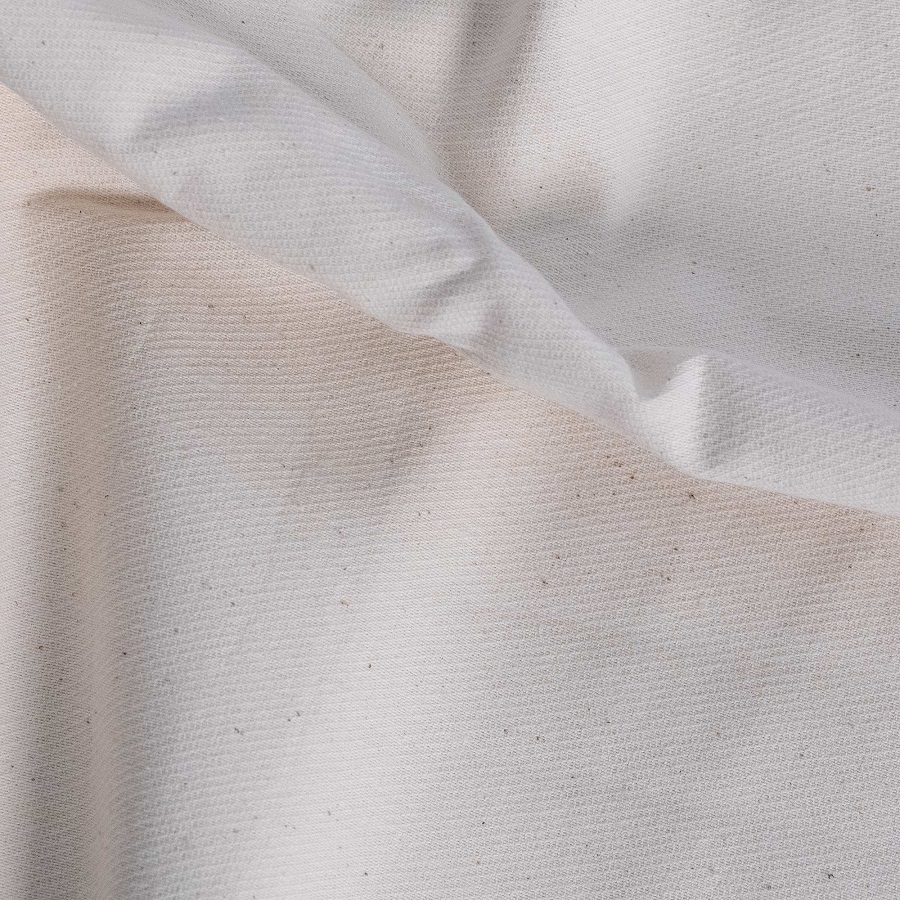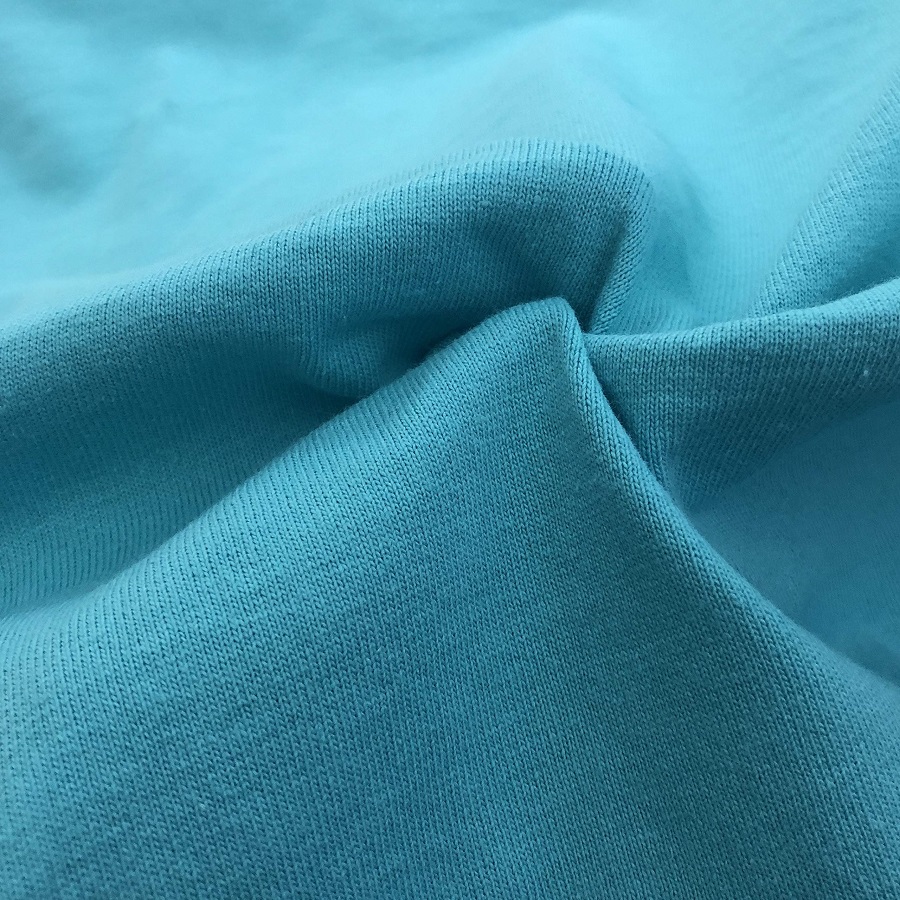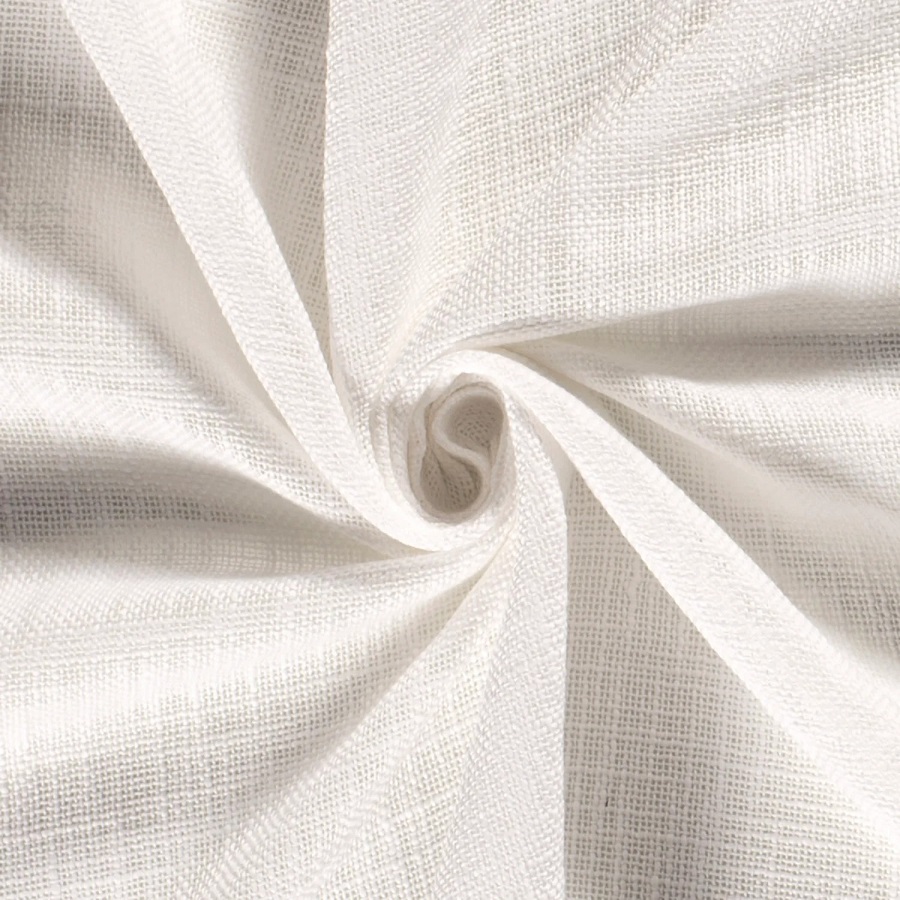Introduction to Heavy Cotton Fabric
When we say heavy cotton fabric, we refer to cotton material with a significant weight. This kind of fabric is thicker and more durable than lighter cotton weaves. It’s known for its robustness and capability to withstand wear and tear. Heavy cotton is ideal for items that need to last and endure frequent use.
Heavy cotton fabric comes in various weights. Typically, fabric weight is measured in ounces per square yard or grams per square meter. When we talk about heavy cotton, we generally mean fabric that weighs around 6 ounces per square yard or more.
People choose heavy cotton for its rich texture and substantial feel. It offers warmth and in many cases, a more premium look. This makes it popular for both apparel and home decor where durability and comfort are desired.
In the next sections, we’ll explore the types of heavy cotton fabric, their benefits, and what to consider when selecting the right weight for your project. We’ll also discuss the common uses, maintenance tips, and emerging trends in the use of heavy cotton fabrics. Whether for personal projects or commercial applications, understanding the basics of heavy cotton fabric can help you make informed choices.

Types of Heavy Cotton Fabric
Heavy cotton fabric varies in type and texture. These include denim, canvas, twill, duck, and flannel. Each type brings distinct qualities suited for different needs.
Denim
Denim is a prime example of heavy cotton fabric. With its sturdy twill weave, it’s perfect for jeans and jackets. Denim is hard-wearing and improves with age.
Canvas
Canvas is another robust choice. It’s used for items that endure stress, like tents and backpacks. Its plain weave gives strength and reliability.
Twill
Twill includes fabrics with a diagonal weave pattern. This provides a balance of durability and breathability. Workwear often uses twill fabric.
Duck
Similar to canvas but tighter, duck fabric is excellent for outdoor furniture. It resists wear and holds up against the elements.
Flannel
Heavier flannel variants offer warmth for cold climates. They’re ideal for winter clothing and bedding. Their nap provides a soft touch.
Each type of heavy cotton fabric matches specific applications. When selecting one, consider the item’s intended use and required durability.
Benefits of Using Heavy Cotton Fabric
Choosing heavy cotton fabric for your projects comes with multiple advantages that make it a favored material among both hobbyists and professionals. Let’s dive into some of the core benefits of heavy cotton fabric:
Durability
The first and foremost benefit of heavy cotton is its durability. Items made with this fabric tend to last longer. They resist tears and can handle repeated washing and usage without losing integrity.
Texture
Heavy cotton provides a rich, textured feel that adds a level of quality to finished products. This texture not only contributes to the aesthetic appeal but also enhances the tactile experience.
Versatility
Despite its robustness, heavy cotton can be quite versatile. It’s suitable for a wide range of applications from clothing to upholstery. This adaptability makes heavy cotton an excellent investment for various projects.
Warmth
For projects that require insulation, heavy cotton is an ideal choice. It offers warmth, making it perfect for colder weather apparel or cozy home textiles.
Eco-friendliness
Cotton is a renewable resource, and heavy cotton products, being long-lasting, contribute to less waste. They don’t need to be replaced as often, reducing their environmental impact over time.
Premium Look
Products made from heavy cotton often look more substantial and high-end. The weight of the fabric can contribute to a more premium feel, elevating the overall perception of the item.
In summary, heavy cotton fabric provides a mix of practicality and aesthetic appeal, making it a reliable choice for those who value longevity, quality, and environmental sustainability in their fabric selections.

Factors to Consider When Choosing Fabric Weight
Choosing the right heavy cotton fabric weight for your project is crucial. The fabric weight impacts many aspects of the final product, such as drape, feel, and durability. Here are key factors to take into account:
Purpose of the Project
Think about what you’re making. Is it clothing that requires movement, or furniture that needs rigidity? The purpose will guide the weight choice.
Feel & Drape
Desired feel and drape influence weight selection. Heavier fabrics are less flowy, more structured.
Durability Requirements
Consider how often the item will be used and washed. High-use items need heavier, more durable fabric.
Comfort Level
For clothing especially, comfort is paramount. Test fabric against skin to ensure it’s pleasant.
Cost Implications
Heavier fabric usually costs more. Balance quality with your budget to make the best choice.
Seasonal Appropriateness
Heavy fabrics are warmer, making them better for cooler seasons or climates.
Printing & Dyeing Processes
If you’re coloring the textile, check how the weight affects absorption and color hold.
Remember, no single weight is ‘best’; it all depends on the specifics of your project. Testing and experience will guide your hand in choosing the right heavy cotton fabric weight.
Common Uses of Heavy Cotton Fabric
Heavy cotton fabric serves many purposes because of its strength and durability. Here are some common uses:
Clothing
Jeans, jackets, and workwear often use heavy cotton like denim or twill. These items need to withstand frequent wear and tear without breaking down quickly.
Home Decor
Curtains, upholstery, and slipcovers made from heavy cotton like canvas or duck stand up well to daily use. They retain their shape and appearance over time.
Outdoor Gear
Tents, tarps, and backpacks benefit from heavy cotton’s resilience. Heavy-duty canvas resists wear from the elements, making it ideal for camping and outdoor activities.
Art Supplies
Artists use heavy cotton canvases for painting. The fabric’s weight helps keep the canvas stable while working and ensures the artwork lasts.
Industrial Products
Conveyor belts, tool aprons, and machine covers need a tough fabric. Heavy weight duck is often chosen for such industrial applications.
By choosing the right heavy cotton fabric for a project, you can ensure that the end product will perform well and have a long lifespan. It’s the toughness and versatility of heavy cotton that make it a popular choice in various industries and personal projects alike.

Maintenance and Care for Heavy Cotton Fabrics
Heavy cotton fabric requires proper care to maintain its quality and longevity. Here are some essential tips for maintaining your heavy cotton items:
Washing
- Use cold water to avoid shrinkage.
- Opt for gentle detergents that preserve fabric integrity.
- If machine washing, choose a gentle cycle.
- Wash heavy cotton items separately to prevent abrasion.
Drying
- Air-dry heavy cotton to maintain its shape.
- Avoid high heat in dryers, which can cause damage.
- If you must tumble dry, use a low heat setting.
Ironing
- Use a medium to high heat setting, depending on the fabric’s thickness.
- Employ steam to remove wrinkles effectively.
- Iron on the reverse side to protect the fabric’s surface.
Storage
- Store heavy cotton garments in a cool, dry place.
- Fold them neatly to prevent creasing.
- Avoid hanging heavy cotton items that could stretch out.
Repairs
- Mend any tears or holes promptly to prevent further damage.
- Use matching thread and patches for discreet repairs.
Caring for your heavy cotton fabrics with these measures will ensure they stay strong and beautiful over time. Remember to always check the care label on your fabric for specific instructions.
Where to Buy Quality Heavy Cotton Fabric
When looking for heavy cotton fabric, choose trustworthy suppliers. The quality varies, so pick reputable stores. Options include local fabric stores, online marketplaces, and direct manufacturer websites. Here’s how to ensure you buy quality heavy cotton fabric:
Check Fabric Store Reviews
Before purchase, read store reviews. Look for feedback on fabric quality, customer service, and return policies. Positive reviews often mean reliable suppliers.
Feel the Fabric
If possible, touch the fabric. Check for thickness and texture consistency. These factors indicate good quality.
Examine the Weave
Inspect the weave closely. A tight, even weave means better durability and longevity.
Ask for Swatches
Request fabric swatches. They allow you to test and compare fabrics.
Look for Certifications
Certified fabrics meet certain standards. Look for organic or fair-trade labels. These show quality and ethical sourcing.
Compare Prices
High prices do not always mean high quality. Compare prices across different sellers. Find the best value for quality fabric.
Verify Fabric Weight
Ensure the fabric meets the heavy cotton weight requirements. Check the weight description before buying.
By paying attention to these aspects, you can find and buy quality heavy cotton fabric for your projects.
Trends in Heavy Cotton Fabric Usage
The use of heavy cotton fabric is evolving with trends in fashion and home decor. Here’s a look at some current trends:
Sustainable and Ethical Fashion
Consumers are now more aware of sustainability. They prefer fabrics like heavy cotton that are eco-friendly. Heavy cotton from ethical sources is gaining popularity.
Vintage and Craftsmanship Appreciation
There’s a rising interest in vintage style and craftsmanship. Heavy cotton fabrics lend a classic, durable feel to clothing and accessories, appealing to this trend.
DIY and Customization
DIY projects are on the rise. People use heavy cotton for its ease of handling and customization capabilities.
Outdoor Living Spaces
Outdoor furniture and accents in heavy cotton are trending. The fabric’s durability makes it suitable for outdoor use.
Workwear-Inspired Fashion
Fashion takes cues from durable workwear. Heavy cotton fabrics are being used in designs meant for daily wear.
Heavy Denim Comeback
After years of lighter denims, heavy denim is making a come back. It’s being used for jeans and jackets that last longer.
These trends show that heavy cotton fabric remains relevant and versatile. Its use is only limited by the creativity and needs of the user. By keeping up with these trends, you can stay ahead in your heavy cotton fabrics projects.
